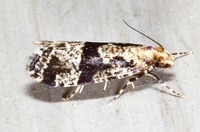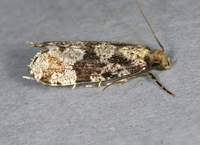
| Recorded by: Jim Petranka and Becky Elkin on 2025-07-26
Madison Co.
Comment: | 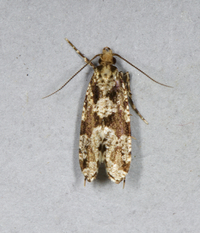
| Recorded by: Jim Petranka and Becky Elkin on 2025-07-26
Madison Co.
Comment: |
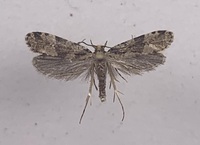
| Recorded by: R. Teper on 2025-05-25
Orange Co.
Comment: | 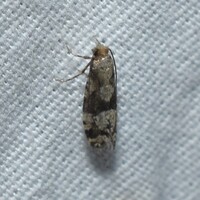
| Recorded by: David George, Jeff Niznik, Kenneth Geisert, David Bradley, Julie Tuttle, Patrick Coin, Kaitlyn Elliott, Becky Watkins on 2024-08-17
Durham Co.
Comment: |

| Recorded by: David George, Jeff Niznik, Patrick Coin, Steve Hall, Carol Tingley, Tom Howard on 2024-07-27
Chatham Co.
Comment: | 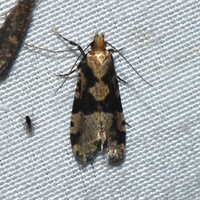
| Recorded by: Jeff Niznik on 2024-07-14
Watauga Co.
Comment: |

| Recorded by: Jeff Niznik on 2024-07-12
Watauga Co.
Comment: | 
| Recorded by: David George, Jeff Niznik on 2024-06-10
Chatham Co.
Comment: |
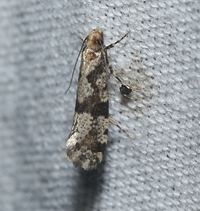
| Recorded by: David George, Rich Teper on 2024-05-13
Chatham Co.
Comment: | 
| Recorded by: David George, Rich Teper on 2024-05-13
Chatham Co.
Comment: |
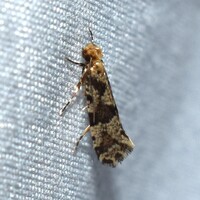
| Recorded by: Jeff Niznik on 2023-09-29
Harnett Co.
Comment: | 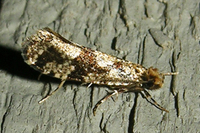
| Recorded by: Owen McConnell on 2023-08-17
Graham Co.
Comment: |

| Recorded by: David George, Stephen Dunn, Jeff Niznik on 2023-07-31
Macon Co.
Comment: | 
| Recorded by: David George, Stephen Dunn, Jeff Niznik on 2023-07-31
Swain Co.
Comment: |

| Recorded by: Jeff Niznik on 2023-07-12
Chatham Co.
Comment: | 
| Recorded by: David George, Jeff Niznik on 2023-07-09
Orange Co.
Comment: |
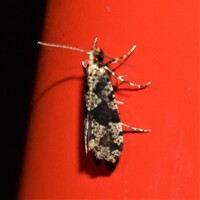
| Recorded by: David George, Stephen Dunn, Jeff Niznik on 2023-07-06
Orange Co.
Comment: | 
| Recorded by: Jeff Niznik on 2023-07-04
Orange Co.
Comment: |
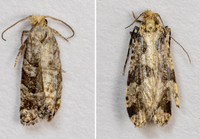
| Recorded by: Stephen Hall on 2023-05-23
Orange Co.
Comment: | 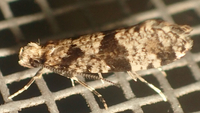
| Recorded by: tom ward on 2022-07-13
Buncombe Co.
Comment: |
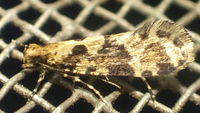
| Recorded by: tom ward on 2022-06-30
Buncombe Co.
Comment: | 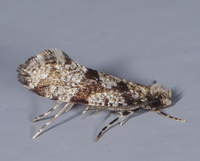
| Recorded by: John Petranka on 2022-06-13
Orange Co.
Comment: |

| Recorded by: John Petranka on 2022-06-13
Orange Co.
Comment: | 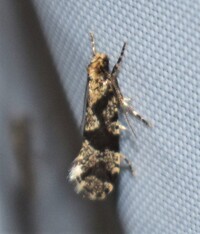
| Recorded by: Jeff Niznik on 2022-05-17
Chatham Co.
Comment: |
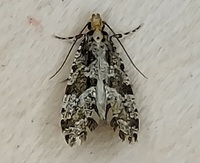
| Recorded by: Gary Maness on 2022-05-06
Guilford Co.
Comment: | 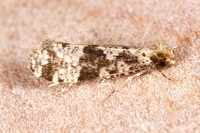
| Recorded by: Jim Petranka and Becky Elkin on 2020-08-08
Madison Co.
Comment: |

| Recorded by: Gary Maness on 2020-05-15
Guilford Co.
Comment: | 
| Recorded by: Gary Maness on 2020-05-15
Guilford Co.
Comment: |
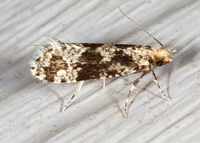
| Recorded by: Jim Petranka and Becky Elkin on 2019-08-10
Madison Co.
Comment: | 
| Recorded by: Vin Stanton on 2019-07-19
Buncombe Co.
Comment: |
|

 »
»
